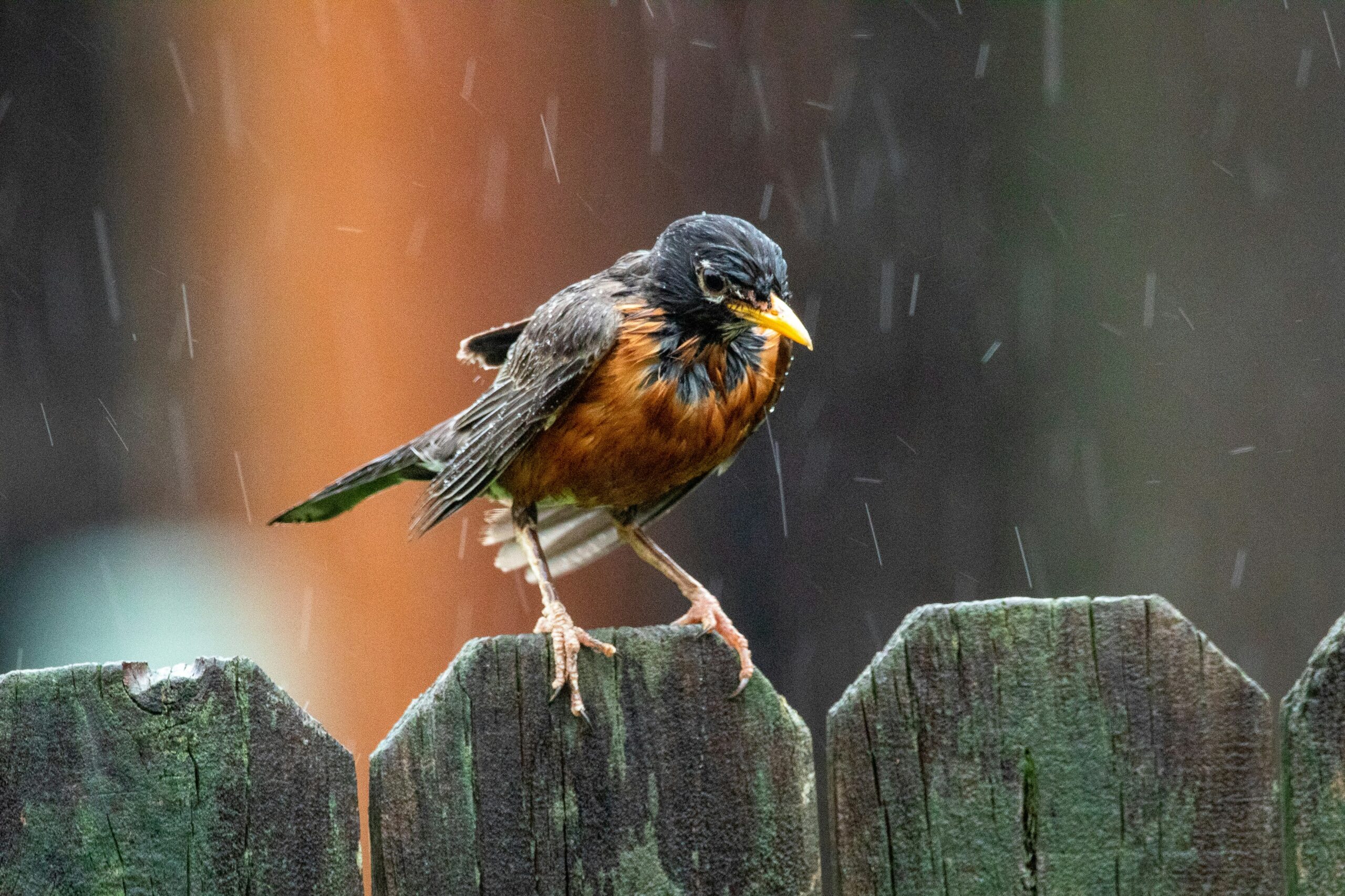Photo: Joshua J. Cotten via Unsplash
As a kid living in the country, I often wondered where the birds went during a prolonged downpour. Much later, especially after spending a lot of time in Florida, where there are destructive hurricanes, I wondered not only where they went but also how such a small, lightweight creature so exposed to the elements survived such violent attacks from the weather.
The answers are varied because, just like us, different birds do different things and go to different places during a hurricane.
If you are a bird and living within the reach of the hurricane’s wide sweep of wind circling at devastating speeds of 140 mph, since you can fly, perhaps the favorite place to be would be above the storm.
Of course, very few birds are capable of doing that, and yet, there are a few birds that actually can.
Some shorebirds are known to use the hurricane winds to their advantage to escape. Some have been found as far as 150 miles inland after a major hurricane.
The Frigatebirds and Eagles are able to “soar above the storm,” as they say. Some birds, as difficult as it might be to imagine, fly through the storm, and some of those birds don’t make it. The Eagle, for example, “uses the strong winds and updrafts to their advantage, allowing them to fly higher and further than most other birds.”
So while the Eagles and the Frigatebirds soar high above the storm, the smaller birds, shorebirds and “neighborhood birds,” as I like to call them, have unique solutions when dealing with hurricanes.
Picturing the vulnerability of the smaller birds if they got caught out in a violent storm calls to mind that 1990s country love song, “Two Sparrows in a Hurricane” by Country Music Hall of Fame singer Tanya Tucker.
Luckily for them and for us, as the Cornell Lab of Ornithology explains, birds have instincts that allow them to sense an approaching storm by detecting changes in air pressure, serving as a “built-in barometer.” These unique…
Read the full article here

Leave a Reply